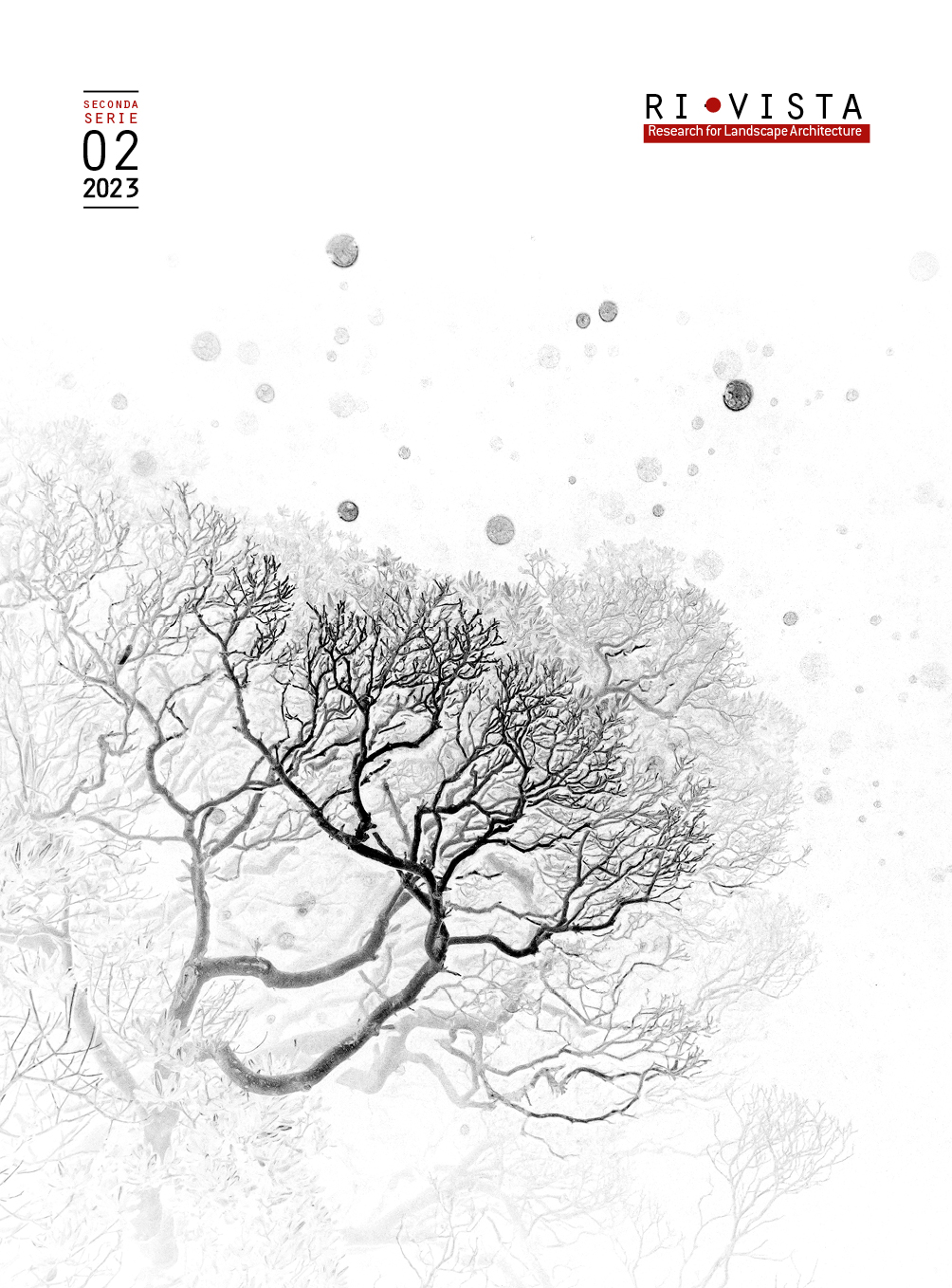Published 2024-05-27
Keywords
- mycelium-based materials,
- sea farming,
- drought fighting,
- new landscape for living,
- future ecologies
How to Cite
Copyright (c) 2024 Federico Di Cosmo

This work is licensed under a Creative Commons Attribution 4.0 International License.
Abstract
Putting on a map the whole forms given by humans to plant communities, the result would be a planisphere with an extremely rich geography. The mappae mundi, however, would present some terrae incognitae: white spots, whose existence is hypothesized but its content is not yet known. They would not be located only in the most remote corners of the planet, but on the contrary, they could be closer than we thought, since nature itself has become a hybrid entity, mixing itself with artifice. The article deals with issues such as the application of mycelium-based materials in the building sector, the management of wastewater through the use of cactaceae, marine agriculture. Food for thought on future’s natural capital and ecologies, on new ways of using plants in design, based on principles of ecological coexistence and habitat rehabilitation logics.

